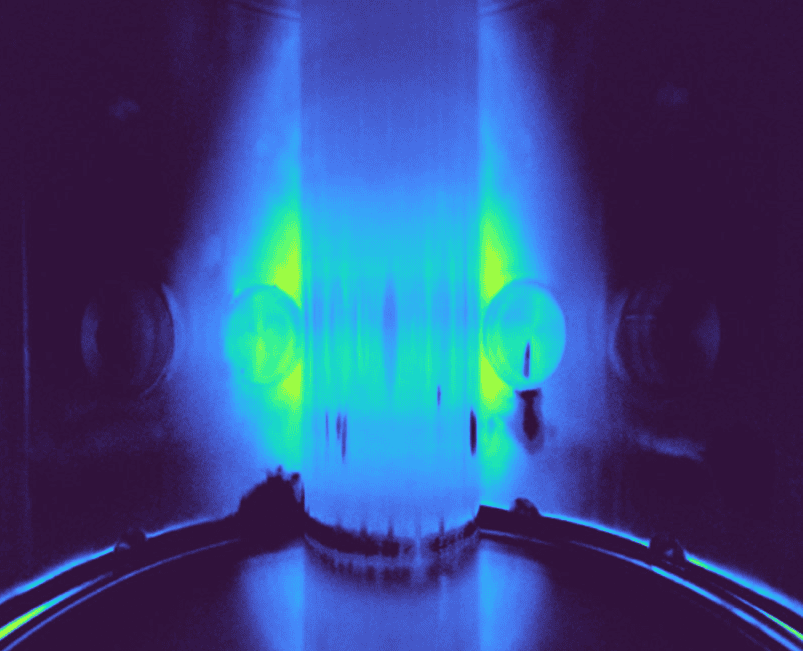Space is a mysterious place and many people around the world are working to uncover it layer by layer. Still, quite a few puzzling events up there remain unexplained. Scientists now believe there may be invisible walls in space. However, these walls are not anything like the walls of a room. Instead, they are more like barriers. Scientists think these walls could have been created by a “fifth force” mediated by a hypothetical new particle called a symmetron. And the existence of this force could help understand an intriguing part of space that has long frustrated astronomers.
Currently, we use the Lambda cold dark matter model as the standard model to understand our universe. This model states that small galaxies should be distributed in messy orbits around larger galaxies. In reality, many small galaxies orbiting larger galaxies are arranged in thin flat planes (disks), which look similar to the rings of Saturn. This arrangement appears as if there are invisible walls in space that are making them arrange along in defiance of the Lambda model.
In other words, these small “satellite” galaxies are captured by the gravitational pull of larger galaxies and are arranged in thin flat planes, whereas the model suggests they should be distributed in messy orbits all around their host galaxies. These small galaxies have been seen in synced-up orbits throughout our own galaxy, the Milky Way, and also in neighbouring galaxies. Scientists have proposed several explanations for this “satellite disk problem”.
However, the new study by researchers at the University of Nottingham has presented a new explanation. It is available via the pre-print server arXiv. They call it “the first potential ‘new physics’ explanation. It suggests that symmetrons could generate invisible walls in space.
Still, the study is just a proof of concept. To prove that there are invisible walls in space, scientists will have to first prove that symmetrons exist. That will require the service of NASA’s James Webb Space Telescope, which should be ready for scientific observation in the summer of this year.






